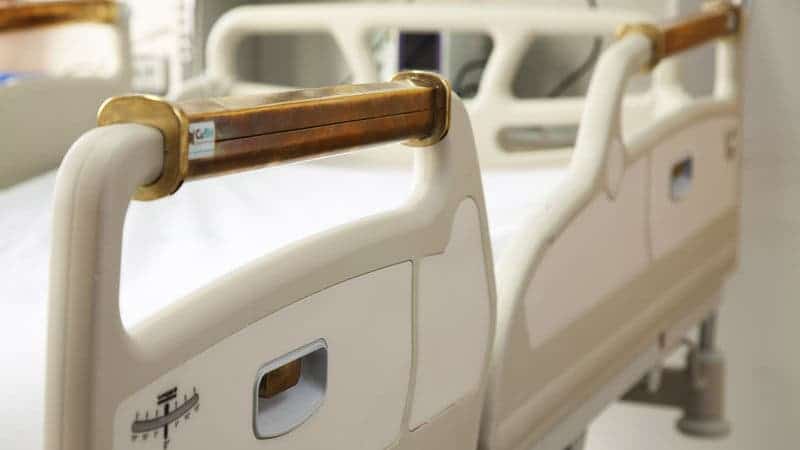As modern medicine can be quite paradoxical sometimes, checking into a hospital can actually boost your chances of an infection; and if you’re thinking that this only happens in poorer, underdeveloped countries – you’re wrong. No matter where you check in at a hospital, you are vulnerable to infections which have nothing to do with your original problem. Now, a team from Chile studying this issue believe they have found a solution for this problem: copper.
The World Health Organization estimates that “each year, hundreds of millions of patients around the world are affected” by healthcare-acquired infections. These are called healthcare-acquired infections, healthcare-associated infections or hospital-acquired infections. Most of them can be very dangerous, and there doesn’t seem to be a correlation between how well the hospital is equipped and how likely you are to get an infection. However, in developing countries, the rate of hospital infection seems to be higher.
The source of these infections can come as quite a surprise – Constanza Correa, a Chilean researcher and her team found that bed safety railings are major source of infections. They replaced the railings with copper ones, and the effect was immediate and visible.
“Bacteria, yeasts and viruses are rapidly killed on metallic copper surfaces, and the term “contact killing” has been coined for this process,” wrote the authors of an article on copper in Applied and Environmental Microbiology. That knowledge has been around a very long time. The journal article cites an Egyptian medical text, written around 2600-2000 B.C., that cites the use of copper to sterilize chest wounds and drinking water.
Indeed, this is called the “Oligodynamic effect” – many metals have a strong antimicrobial effect, being toxic not only for microbes, but also for algae, molds, spores, fungi, prokaryotic and eukaryotic microorganisms, even in relatively low concentrations. Most heavy metals exhibit this effect, but also silver, iron, and of course, copper. Silver and copper actually have the strongest antimicrobial effect.
Correa and her team hasn’t yet assessed the entire impact that bed railings can have, but a study of the effects of copper-alloy surfaces in U.S. hospitals’ intensive care units, published last year in Infection Control and Hospital Epidemiology, showed promising results: Their presence reduced the number of healthcare-acquired infections from 8.1 percent in regular rooms to 3.4 percent in the copper rooms. That’s a reduction of almost 60 percent.
“Healthcare-acquired infections are a huge problem. People come to the hospital with a sickness, and they get another one in the hospital. Then they have to stay longer and spend more money on treatment. Sometimes it can cause death. Eighty percent of these infections come from touching hospital surfaces. In the hospital room, the most contaminated surface is the bed rail. It’s the most manipulated by medical staff and patients. It’s in direct contact with the patient. That’s the most critical surface in the room”, Correa said in an interview published on NPR.
“Copper kills everything”, she says, so why not use it more in hospitals? There is a huge number of ways in which you can use it. You can have copper IV poles, feeding tables, night tables, even mattress covers (a copper additive).
“Copper kills everything. Why wouldn’t you use it? It has so much sense for people.”










